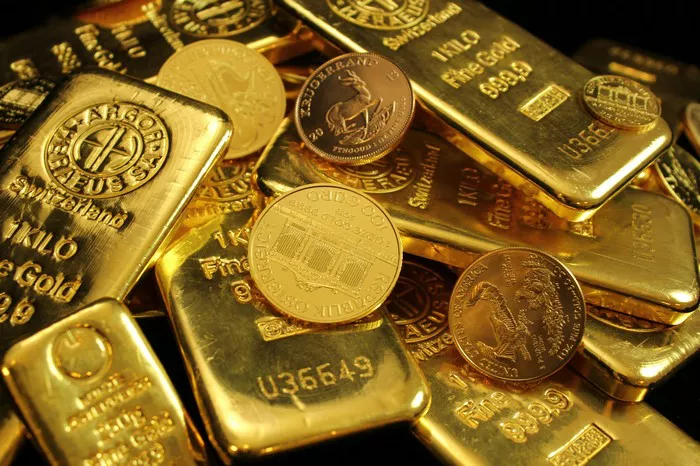Chinese jewelers are rapidly increasing their demand for platinum as surging gold prices drive consumers away from traditional gold jewelry, according to industry insiders. The pivot comes as jewelers seek alternatives to stay afloat in a price-sensitive market.
Gold prices soared to record highs above $3,500 per ounce in April, discouraging buyers—even in China, where gold holds deep cultural significance. In response, many jewelers are turning to platinum, a less expensive precious metal with growing appeal.
According to the China Gold Association, gold jewelry sales in China plummeted nearly 27% year-over-year in the first quarter of 2025, falling to just 134.5 tons. Meanwhile, gold bar and coin purchases surged by almost 30%, highlighting strong investor interest in haven assets despite falling jewelry demand.
“Jewelry fabricators and distributors are trying to save themselves because gold jewelry sales are falling off a cliff,” said Weibin Deng, Asia-Pacific regional head at the World Platinum Investment Council (WPIC), in an interview with Business Insider. “They need to find a new metal for jewelry so that they can survive.”
China imported 11.5 metric tons of platinum in April—its highest monthly volume in a year—fueled by the shift in consumer preference. That rising demand has contributed to a global price rally, with platinum spot prices climbing nearly 40% year-to-date to around $1,265 per ounce. Gold prices, by comparison, have risen about 30% in the same period.
Despite the rally, platinum still costs roughly one-third the price of gold, making it a compelling option for Chinese consumers. In China, jewelry is typically priced by weight, not by design or piece, which makes affordability a top priority.
“It cannot be too expensive, otherwise people wouldn’t buy it,” Deng emphasized, noting the sensitivity of the market to price fluctuations.
However, not all analysts are convinced of platinum’s long-term momentum. A note from Goldman Sachs on Tuesday cautioned that the metal’s current price surge lacks fundamental support. The firm cited weakening demand from the automotive sector, stable supply levels, and a consumer base sensitive to price hikes.
Analysts also pointed to speculative activity driving platinum’s recent gains, as investors who missed gold’s initial rally shift their attention to other precious metals in search of “catch-up” opportunities.
To solidify platinum’s role in the jewelry market, the WPIC is ramping up education and marketing efforts in China. The council is collaborating with local jewelers to streamline fabrication processes and reduce costs, making platinum more accessible to consumers.
“Platinum is more expensive to work with than gold, as it requires more energy to melt,” Deng said. “Reducing production costs is essential to expanding the market.”
One hurdle to overcome is liquidity. Gold enjoys a well-established resale market with minimal discounts, making it easier for consumers to trade or cash in jewelry. Platinum, by contrast, lacks such infrastructure.
To address this, the WPIC is working with jewelers in China to establish similar resale systems for platinum, aiming to enhance its appeal as a viable investment asset.
Platinum’s value is also supported by its broader industrial use. Beyond jewelry, it plays a critical role in automotive components and electronic devices. But according to Deng, it’s visibility in jewelry that can drive consumer perception.
“Gold and silver have long been viewed as currencies and stores of value,” he said. “To make the platinum jewelry market sustainable, consumers need to see platinum the same way.”
While gold is expected to remain the dominant store of value, even a minor shift toward platinum could have major market implications. Bank of America analysts recently noted that if just 1% of gold jewelry demand moved to platinum, it could double the metal’s global supply deficit to 1.6 million ounces—further supporting prices.
As Chinese consumers look for more affordable alternatives and jewelers adapt to volatile gold prices, platinum could see a sustained rise in both demand and market presence.


